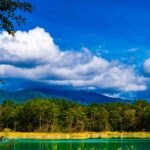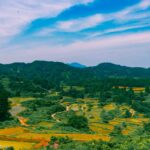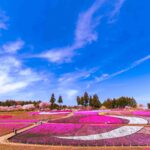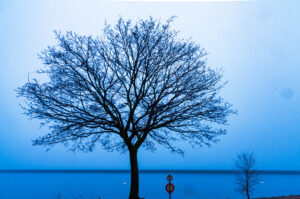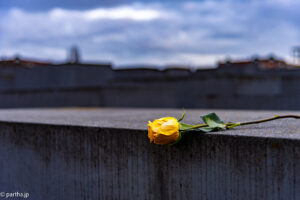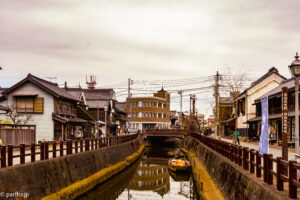
Sawara 佐原 creeped into my consciousness through a blog about little known tourist spots in Japan. The site described Sawara as a remote little town close to Narita airport and an ideal outing for someone with a few hours to spare during transit at Narita.
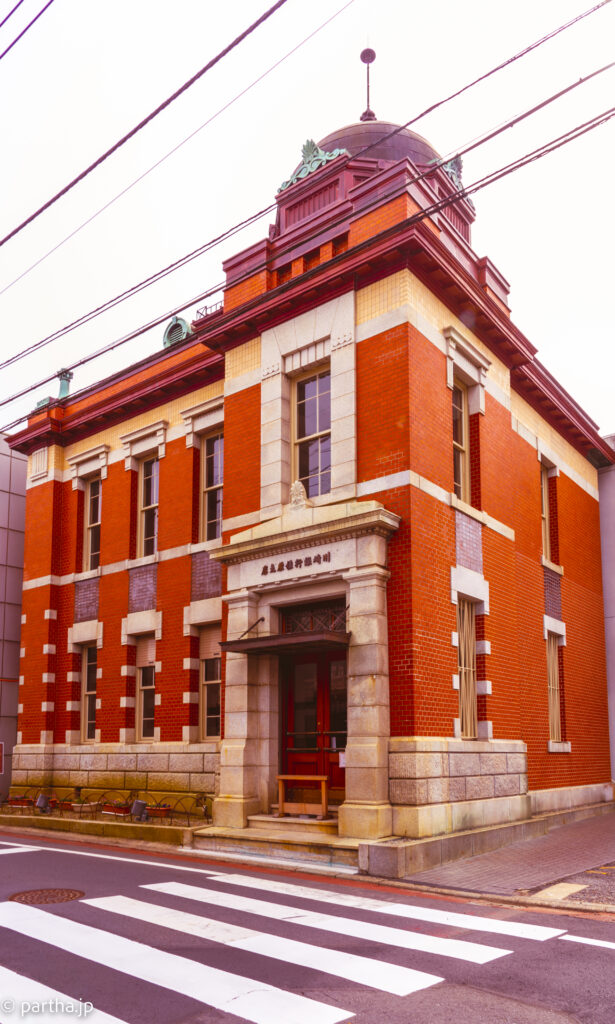
The town is located around 15 kilometres from the Narita airport, yet it is a 45 minute train ride by the JR trains. There are buses to the town from the Tokyo station the journey taking around 90 minutes. It takes around 70 minutes by car from most locations around central Tokyo, the highway to Narita occasionally crowded but it’s a leisurely drive for the last 30 minutes.
It does seem like an injustice to Sawara to be described as a place to go to when you have time to kill. The town has worked hard to deserve the reputation for being the sole destination for an outing from Tokyo.
One of the pamphlets available from the visitor centre at the town has the following description.
SAWARA, located in Katori City香取市 in Chiba prefecture and used to be known as Koedo 小江戸(small Edo city) because the city was bustling with activity from river transportation along with Tone river and Ono river. For its nostalgic townscape reminiscent of a unique Edo atmosphere, the district has been added to the Japan Heritage list. This town is now beginning to attract more visitors from outside of Japan, and has also been listed in the Michelin Green Guide.
The pamphlet is in English and Thai language pointing to a possible source market for the tourists coming in to the city. I saw at least one Thai tourist group and a few boys, possibly Thai, passed us on their bicycles ringing their bells at startled walkers.
Edo 江戸 is the old name for Tokyo during the 17th century and under the Tokugawa Shogunate became one of the largest cities of the world during the period. The city was named Tokyo(Eastern Capital) during the Meiji restoration and the Emperor moved to the city from Tokyo.
The drive to Sawara is relatively straightforward, driving around 70 kilometres on the Metropolitan Expressway Bayshore route 首都高速湾岸線, taking the Taiei exit and then heading to the Katori/Toso toll road and then into the Sawara Road. There is a parking facility for the Suigosawara Daisha水郷佐原山車会館 (Float Museum) which offers free parking throughout the day. We parked our car and walked to the Sawara visitor centre to collect some information about the sightseeing routes.
The Visitor Centre is located next to the Mitsubishi Building, and was well staffed. The staff was eager to hand us the pamphlets for sightseeing, eating and general walking routes.
‘Most of the sightseeing areas are located around this area’, one of the staff helpfully pointed out on the map. The Ono River小野川runs through the town and most of the sightseeing facilities are located on the river banks.
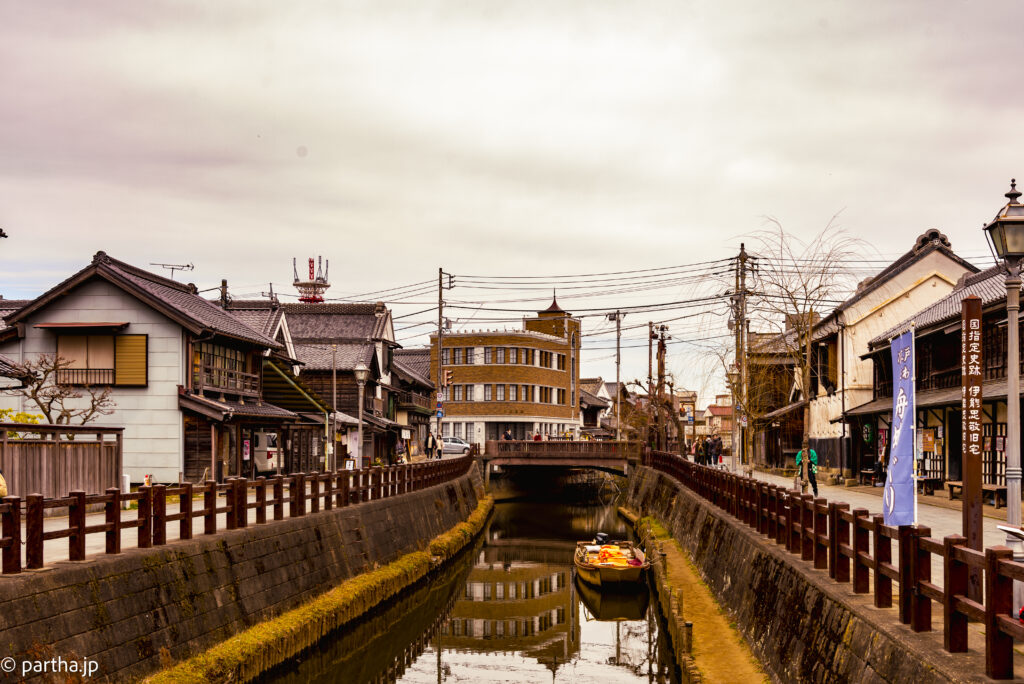
There is a boating dock and visitors can choose to take the boat at 1300 Yen per person for a 30 minute ride. A group got into the boat as we reached the location but I did not see anybody take the boat for the rest of the day. The boatmen waited al day but on that day, occasionally cloudy and with gusts of cold wind blowing through none of the visitors chose the boat.
The attractions are the old building, some of them preserved, others restored and a few that apparently were damaged in the 2011 earthquake, rebuilt. One of the prominent buildings is the old house of Inoh Tadataka 伊野忠敬, surveyor and cartographer, credited with developing the first map of Japan using modern surveying techniques. There is a museum close by, which stores the instruments that Inoh Tadataka used during his surveys.
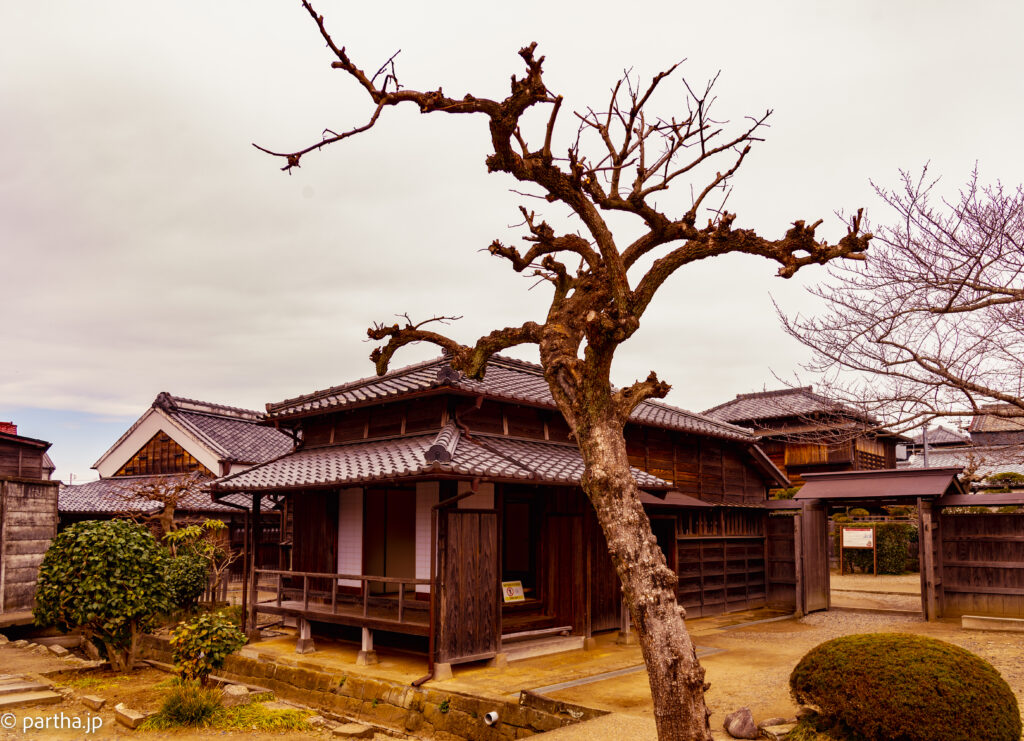
The town centre has old merchant house, warehouses and even a Post Office with an Edo era exterior. This historical district has been described as ‘stepping back in time’ and the buildings do resemble a bygone era albeit well preserved. One of the buildings even has a old signboard with an old sign of ‘Fanta’.
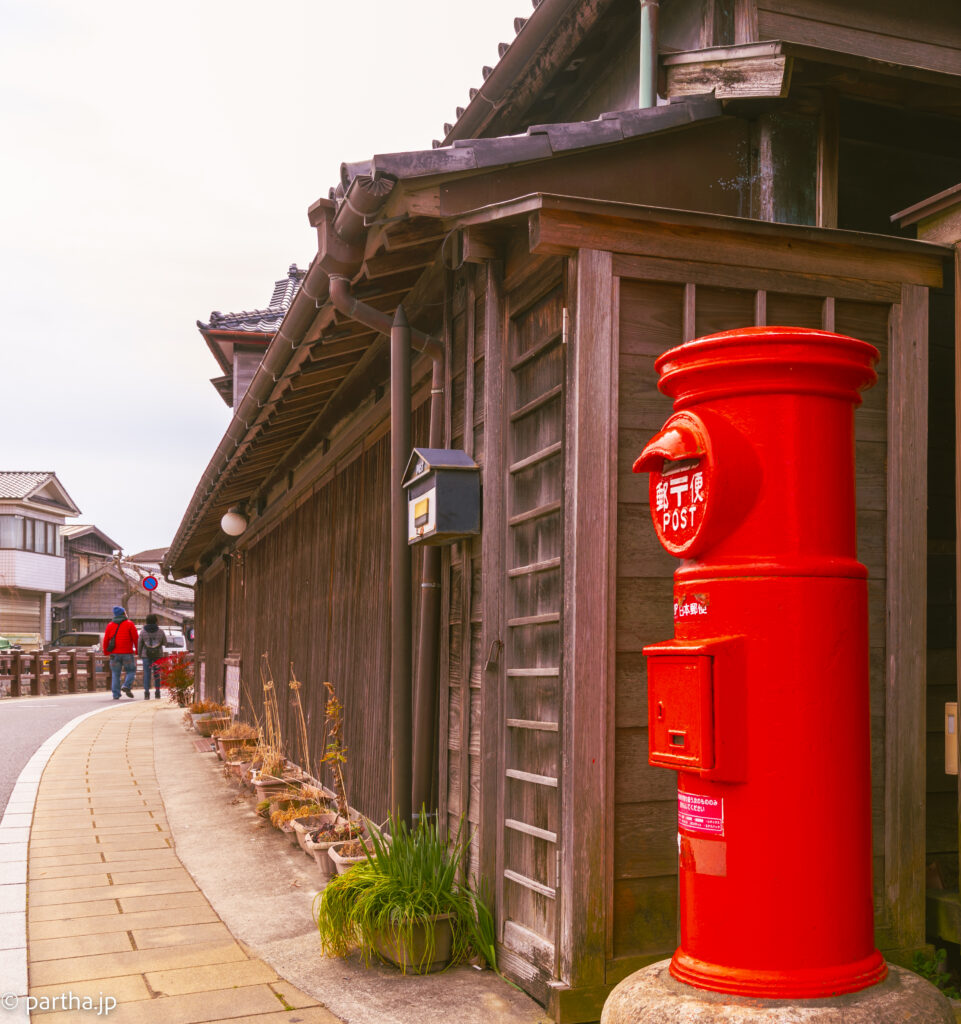
As we walked by the river a cackle of ducks of ducks swam by, joined a bit later by a large aggressive swan. The Ono river stayed empty, no one was taking the boats today. The boatmen, too seemed to have given up. They withdrew indoors, away from the early afternoon chill.
There is an attempt to market Sawara beyond a transit tour from Narita Airport. The visitor centre hands out a Gourmet guide that tries to promote the local eateries. There is the unique Soya Sauce ice-cream, the ingredients locally produced. A few Eel based restaurants also feature prominently though it is not mentioned anywhere if the Eel are caught locally. There are a few Italian themed restaurants that promoted locally produced cheese, amongst which casa Alberta stands out.
The Casa Alberta is located in an impressive and traditional looking house, adjoining an even larger and modern house. The entrance is along the river but if you walk in the parallel road you can see contradictory signs pointing to the parking for the restaurant but also asking people not to enter a private property.
The explanation probably was that you could use the entrance if you wanted to park your car but needed to use the entrance by the river if you came on foot.
Outside the historical district Sawara has the feel of a small rural town, there is an occasional new development but not much is being built here. Graveyards dot the town, small and large lots, some of them located right next to houses.
Inoh Tadataka is buried in the graveyard located in the Kampukuji temple. The temple located around 10 minutes walk from the historical town is regarded as one the three evil warding daishi temples in Japan. The other two are the Kawasaki Daishi and the Nishiarai Daishi.
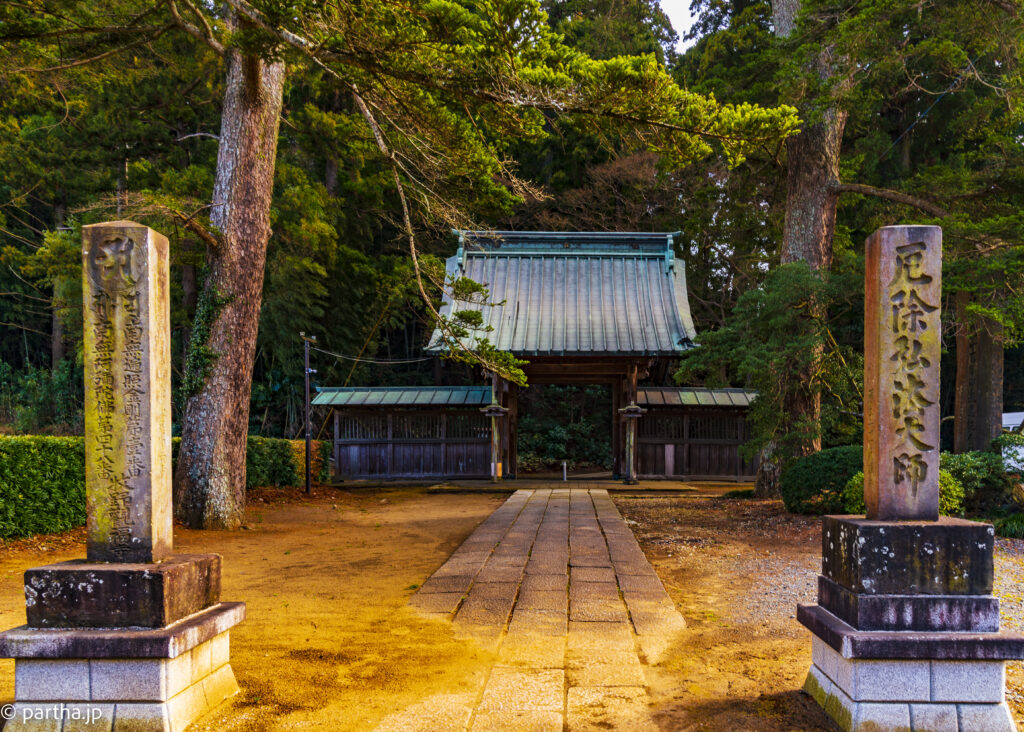
The Kamupukuji temple is also known for its natural beauty however the peak winter season withers the foliage around the temple.
Finally Sawara is the ideal destination if you are looking at a quiet outing on a holiday. The place has an uncrowded and unhurried air about it and a kaleidoscope into a romanticised past free from its afflicted goriness.

